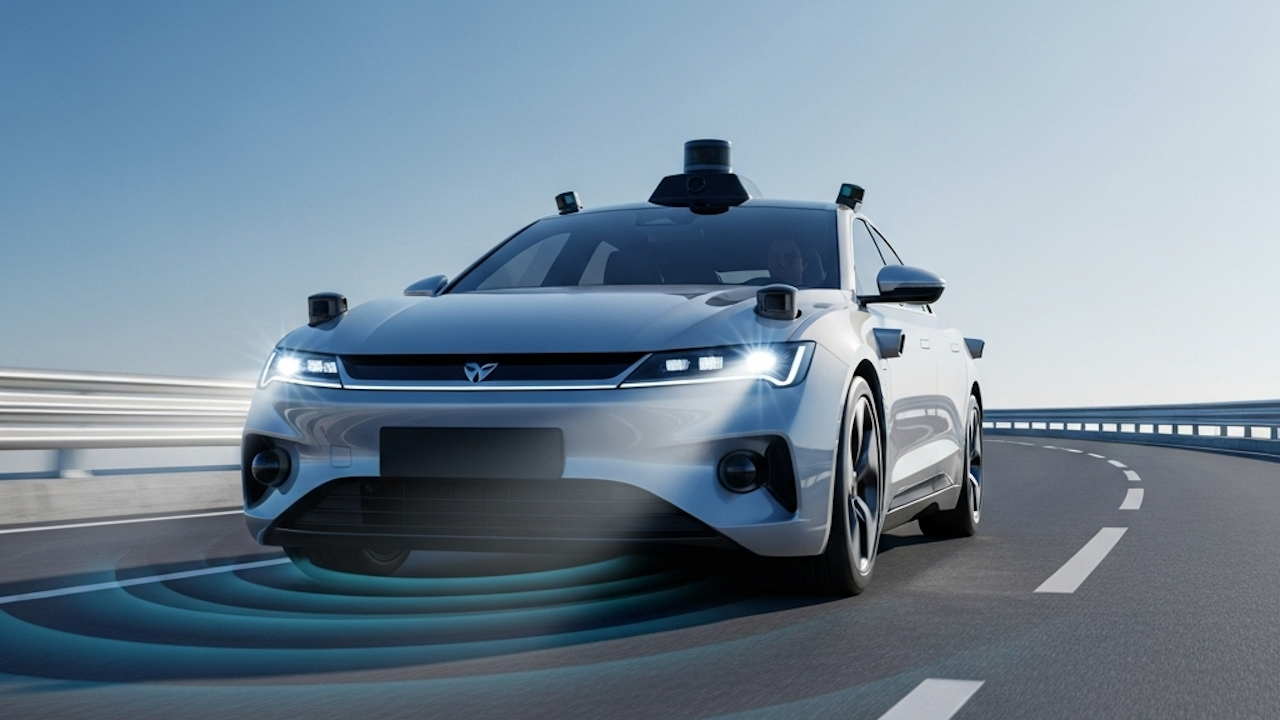Autonomous driving has long captured the imagination of the public, with visions of cars that can safely and efficiently drive themselves without human input. In recent years, the pace of innovation has accelerated significantly. Major automotive manufacturers and tech companies have invested billions of dollars in research and development, pushing the boundaries of what autonomous systems can achieve. However, despite the hype, full self-driving remains just out of reach. This essay explores the current state of autonomous vehicle technology, the key challenges still ahead, and how close we really are to achieving full autonomy.
Defining Full Self-Driving
To understand progress in autonomous driving, it is important to define what “full self-driving” actually means. The Society of Automotive Engineers (SAE) categorizes vehicle automation into six levels, from Level 0 (no automation) to Level 5 (full automation). Level 5 autonomy represents vehicles that can operate entirely without human intervention in all environments and conditions. Currently, most vehicles on the road with automation capabilities fall within Level 2 or, in limited cases, Level 3. These systems require constant or occasional driver supervision and cannot be trusted to operate independently under all circumstances.
Tesla’s so-called “Full Self-Driving” (FSD) system, for instance, is not truly autonomous. It is a Level 2 system that requires the driver to remain attentive and ready to take control at any time. Other companies, such as Waymo and Cruise, are testing Level 4 systems, which can operate without a human driver but only within geofenced urban areas and under specific conditions. While these systems show promise, they are still far from the vision of universal self-driving cars.
The Current Landscape
Numerous companies are developing and testing autonomous vehicles. Waymo, a subsidiary of Alphabet, operates a limited commercial robotaxi service in Phoenix and San Francisco. Their vehicles have logged millions of autonomous miles and use a combination of lidar, radar, and cameras for perception. Cruise, backed by General Motors, has also begun limited operations in several cities, offering rides in driverless vehicles during nighttime hours. These services, however, are highly constrained by operational design domains (ODDs), meaning they function only in specific mapped areas with known conditions.
Other companies such as Aurora, Zoox, and Nvidia are working on both hardware and software solutions for self-driving technology. Tesla, meanwhile, continues to develop its vision-based approach, relying solely on cameras and neural networks rather than lidar or radar. This divergence in technological strategy reflects an ongoing debate about the best path toward autonomy.
While these pilot programs are impressive, they reveal the limitations of current systems. Most vehicles cannot reliably handle adverse weather, construction zones, or unpredictable human behavior. Moreover, unexpected edge cases — rare but dangerous scenarios — continue to challenge even the most advanced AI driving models.
Technical and Regulatory Challenges
One of the major hurdles for full self-driving is ensuring the safety and reliability of autonomous systems. Human drivers make errors, but they are generally capable of understanding context and exercising judgment in ambiguous situations. Teaching machines to handle these complex, nuanced scenarios is immensely difficult.
Machine learning models, while powerful, require enormous datasets to function properly and may still fail in situations that differ from their training data. Furthermore, sensor systems have limitations. Cameras can be blinded by sunlight or darkness, and lidar may struggle in heavy rain or snow. Redundancy and sensor fusion can help, but no system is perfect.
Beyond the technical issues, regulatory and legal frameworks have not yet caught up with the technology. There are questions about liability in the event of a crash, ethical dilemmas about decision-making in life-and-death scenarios, and concerns about privacy and data security. Governments around the world are cautious about allowing full self-driving vehicles on public roads without strict oversight.
Public Perception and Trust
Another barrier to widespread adoption of autonomous vehicles is public trust. Surveys indicate that many people remain skeptical of self-driving cars, particularly after high-profile incidents involving autonomous vehicle crashes. Building consumer confidence will require not only reliable technology but also transparent communication, rigorous safety standards, and consistent performance in real-world conditions.
Companies need to demonstrate that their vehicles can outperform human drivers in terms of safety and efficiency. Until the public is convinced that autonomous cars are a safer option, large-scale adoption will remain slow.
The Road Ahead
While progress in autonomous driving has been significant, reaching Level 5 autonomy is still several years away. Experts predict that the timeline could stretch into the 2030s before fully autonomous vehicles become commonplace. Even then, deployment will likely be limited to certain regions or specific use cases such as shuttles, delivery robots, or long-haul trucking on fixed routes.
The near future will likely see greater expansion of Level 4 vehicles within controlled environments and more advanced Level 2 and Level 3 systems in consumer cars. These systems will assist with highway driving, parking, and traffic jams, but drivers will still be required to intervene in complex scenarios.
Conclusion
Autonomous driving is advancing rapidly, but full self-driving remains an ambitious goal. While some pilot programs and test deployments are inching closer to higher levels of automation, the road to Level 5 autonomy is fraught with technical, legal, and societal challenges. We are not there yet, and despite the optimism of some stakeholders, it is clear that full self-driving cars will take more time, research, and real-world testing before they become a safe and viable reality for everyday use.

